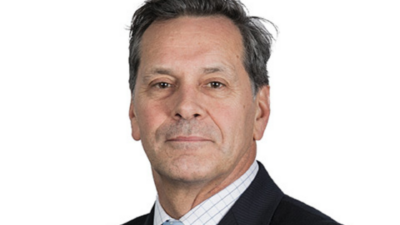The rise and rise of private equity as megafunds rule
While most areas of private equity have performed well for both managers (general partners) and their investors (limited partners), there has been a standout sector in the past 12 months according to a study by McKinsey & Company. This was “the surge of megafunds”.
The report, ‘The Rise and Rise of Private Equity’, says the market was “scaling” in 2017 with “megafunds” – those of more than US$5 billion – doing particularly well, especially in the US and especially in the buyout field. Last year US megafund buyouts represented a record 15 per cent of all private markets fundraising.
The report says: “Of course, this trend to ever-larger funds is not new. Megafunds have become more common, in part as investors have realized that scale has not imposed a performance penalty. Indeed, the largest funds have on average delivered the highest returns over the past decade, according to Cambridge Associates.
“What was interesting in 2017, however, was the way in which an already-powerful trend accelerated, with raises for all buyout megafunds up over 90 per cent year on year. Meanwhile, fundraising in middle-market buyouts (for funds of $500 million to $1 billion) grew by 7 per cent, a healthy rate after years of solid growth.”
Investors’ motives for investing in private markets, more or less, remain the same, McKinsey says. The potential for alpha, and for consistency at scale are important drivers.
Pension funds, still the largest group of LPs, are pinched for returns. Endowments are already heavily allocated to private markets and do not appear keen to switch out. Meanwhile, sovereign wealth funds are looking to increase their exposure to private markets, increasingly using co-investments and direct investing to boost their ability to deploy capital.
Fully 90 per cent of LPs said recently that private equity (PE), the largest private-asset class, will outperform public markets in coming years, despite academic research that suggests such outperformance has declined on average.
The report says: “Our research indicates that, in the past couple years, the industry’s largest firms have begun to collect a growing share of capital, perhaps starting to consolidate a fragmented industry. Yet private-asset managers did not have it all their way in 2017.
“The industry faced some mild headwinds investing its capital. Although the deal volume of US$1.3 trillion was comparable to 2016’s activity, deal count dropped for the second year in a row, this time by 8 per cent. In two related effects, the average deal size grew, from US$126 million in 2016 to US$157 million in 2017, a 25 per cent increase, and managers accrued yet more dry powder, now estimated at a record US$1.8 trillion. Private markets’ AUM, which include committed capital, dry powder, and asset appreciation, surpassed US$5 trillion in 2017, up 8 per cent year on year.”









